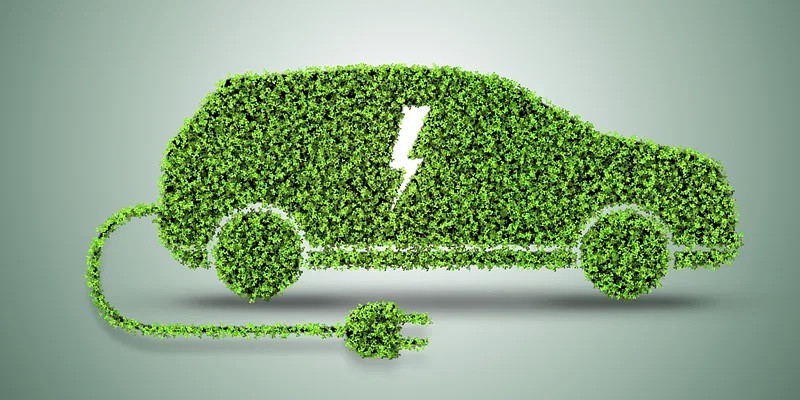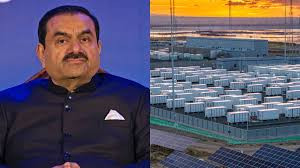Implications of Government Move: Will India's Electric Vehicle Sector Lose Momentum?

The Indian government's recent decision has raised concerns about the potential ramifications for the country's nascent electric vehicle (EV) industry. Industry experts are questioning whether this move could hinder the growth and momentum of India's EV sector, which has been gaining traction in recent years.
The government's decision revolves around the revision of certain subsidy criteria under the Faster Adoption and Manufacturing of (Hybrid &) Electric Vehicles (FAME) scheme. The revised criteria place restrictions on the eligibility of electric two-wheelers and three-wheelers for receiving incentives, leading to apprehensions about its impact on the growth of the EV market.
The revised criteria have created concerns within the EV industry, particularly among manufacturers, who fear that the reduction in incentives could dampen the demand for electric two-wheelers and three-wheelers. These vehicles have been crucial in driving the EV revolution in India, offering a cost-effective and eco-friendly mode of transportation.
The previous incentives under the FAME scheme had played a significant role in boosting the adoption of EVs, particularly two-wheelers and three-wheelers. The reduction in subsidies could lead to a slowdown in the industry's growth trajectory, as it may deter potential buyers who rely on these incentives to make the switch to electric mobility.
While the revised subsidy criteria present challenges for the EV industry, there are also opportunities for innovation and adaptation. Manufacturers can explore avenues to improve affordability and offer competitive pricing to mitigate the impact of reduced incentives. This may involve optimizing production costs, enhancing technological efficiencies, and forging strategic partnerships to leverage economies of scale.
Additionally, the government can play a vital role in supporting the EV industry by introducing supportive policies and measures that encourage adoption. This could include providing infrastructure development incentives, facilitating research and development initiatives, and promoting collaborations between industry stakeholders and research institutions.
Despite the immediate concerns arising from the revised subsidy criteria, the long-term outlook for India's EV industry remains positive. The government has demonstrated its commitment to promoting electric mobility as part of its sustainability and environmental goals. This commitment is reflected in initiatives such as the National Electric Mobility Mission Plan (NEMMP) and the push for a greener transportation ecosystem.
Moreover, advancements in technology, falling battery costs, and increasing consumer awareness about the environmental benefits of EVs are likely to drive the long-term growth of the sector. As the industry matures and economies of scale are achieved, the costs of EVs are expected to become more competitive with their conventional counterparts, further accelerating their adoption.
Collaborative efforts between the government, manufacturers, and other industry stakeholders are crucial to ensuring the sustained development of the EV ecosystem. By introducing supportive policies, incentivizing infrastructure development, and fostering innovation, India can maintain its trajectory towards a greener and sustainable future in the realm of electric mobility.
You might also like!
















